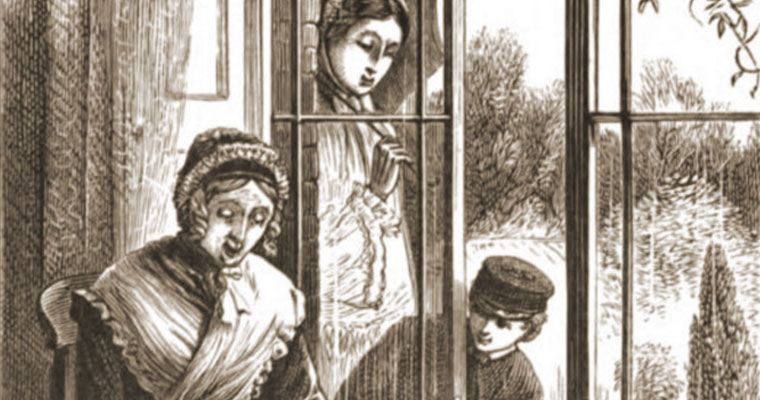
Image source:
Early Newfoundland women's published works have been innocuously labelled "escapist fiction" but they aren't harmless reading
Early, English settler women’s imaginative literature in Newfoundland was, and still is, complicit in perpetuating a structural violence that continues to be seen in Newfoundland society, including the systemic exclusion of traditionally marginalized groups. It also reinforces myths about the settling of Newfoundland and about the British Empire itself. Settler-colonial myths are both reflected in and constructed by Newfoundland’s early women writers of published books of fiction and poetry. The “escape” often found in these texts distracts from the formation they had, and still have through their republication, on settler-colonial identity and the biased representation of gender, race, class, and nationality differences. This research examines these primary texts as archival pieces under a variety of evaluative mechanisms including regional, historical, and ideological criticisms to uncover the inherent system of representations, those ideas, myths, and images, that are inscribed in the texts and which, in turn, help shape Newfoundland’s settler-colonial identities, social practices, and public institutions. The examination recognizes kyriarchy as a social and political system at work in Newfoundland and these texts, their contents, the publication of them, and the academic examination of them, as examples of it. The imposition of dominating hierarchies in the plots, characters and narratives perpetuate structural violence; yet, these texts also offer moments of resistance to settler-colonial myths, especially gendered ones. Therefore, in the creation and perpetuation of settler-colonial myths, women were both victims and agents, oppressed and privileged, in relation to the structural violence that occurred and still occurs in Newfoundland. This thesis seeks, then, to analyze early Newfoundland settler-women’s texts within the field of Settler-Colonial Studies, to challenge the literary canon of Newfoundland (and Canada), and to put the critical gaze on the authors. To do so is, in part, to challenge the typically held belief that women, and their romantic, escapist literary works, were benign in Newfoundland’s settler-colonial project, but also, it is to challenge Newfoundland-settler myths that are present in today’s Newfoundland.

